Dayak Delight
From Serawak, Malaysia
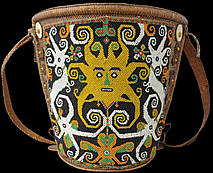 Baby basket with Mother Head, baby down under (?) and two (white) Dragons (mythical Sons) left and right |
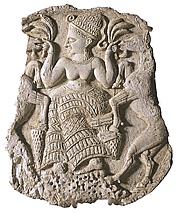 Lady and the (Her) Beasts |
|
Dayak culture is said to have roots in the Dongson and late Chou of China. However, what we see here is the result of incorporation of very ancient motives from the Near East. The central theme is the Cosmic Mother and Her Sons/Lovers. |
||
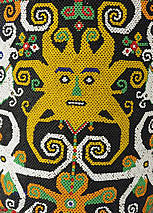 Foliage sprouting from Her Head |
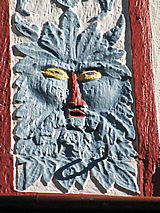 Green Man |
|
| This theme was transmitted from Anatolia/Sumeria to both the West as well to the East. The result is a cultural continuity between the Dayak and Europe. That sounds hardly to believe, too phantastic, really. To start with, the migration ways to the West were through the Megaliths, the Celts, the Roman Empire and the Crusaders, while the selfsame archetype was spread to the East through (pre)Hinduism and (pre)Taoism. | ||
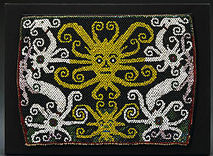 Again the "Lady and Her Beasts", embedded in foliage with "just-born" child |
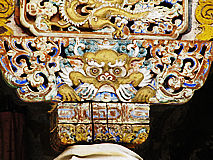 Kirtimukha |
|
| The oldest image is that of the Sacred Womb or Vulva. It was (is) considered the Origin of All. One can easily trace it through "the squatted Goddess". Eventually She was demonized as the "Gate to Hell" (in the West, so-called Sheela's). In the case of the Dayak the squatting woman is still present everywhere (see images). | ||
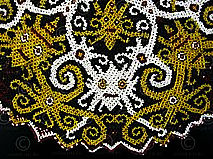 Dito |
|
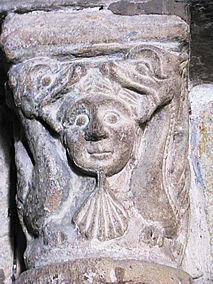 Lady and Her Beasts |
| The next stage in development was "The Lady and the Vegetation". It is expressed by a (Mother)Goddess image surrounded by foliage, ranging from natural to (very) abstract motives. In the West the cycle of vegetation was "delegated" to the Vegetation Gods, the latter becoming the Green Men, carved everywhere on/in churches. The Dayak - especially the Kenyah tribes - clearly have preserved the original unity, as can be seen here on this page. | ||
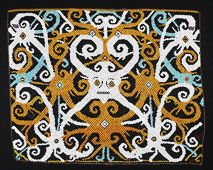 A more abstract image |
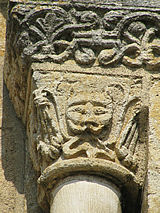 Green Cat/Man |
|
| This symbolism was completed by the image of the "Lady and the (Her) Beasts". Through the Northern (Taoist) route it fertilized the early cultures of China. Innumerable images - all going back to Kybele and Her lions - have been found of the MotherGoddess (starting with Xiwangmu) and Her dragons. In the West many images can be found of the "Lady and Her Beasts". The similarities with the East are striking. Most of the Dayak images on this page contain this symbolism. | ||
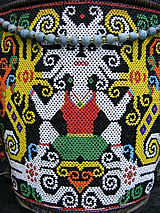 Lady in squatting position with Her two Dragons (yellow) left and right |
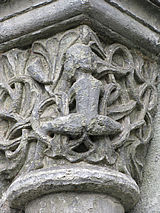 Sheela/Soest/Germany |
|
| iHinduism played a role too. About 2000 years ago it "fertilized" South-East Asia. It is all comprised in the symbolism of Kirtimukha. The latter is a composite image, containing various elements. In the center one finds the head of the Mother, with two animals (dragons) on either side. This is a well preserved iconography of the "Lady and Her Beasts". The dragons represent the Ladies' Son/Lovers, while the whole is embedded in foliage. The same motive can be found on the Malaysian peninsula, Thailand, Cambodia and Java. | ||
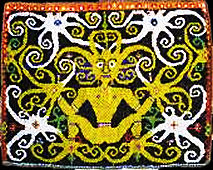 Isn't She beautiful?. Like above breasts confirm Her femininity |
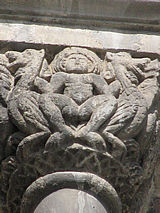 Sheela/Lady and Her Beasts |
|
| While in the West the "Son" (Green Man) has been separated from the Mother, the East has preserved the original unity of all elements. Womb (Vulva), the Lady, the Beasts and the Vegetation are all part of one integrated symbolism. Putting the elements together ancient East and West prove to be a continuum of its common Source. The deepest layers of the culture and the mind have memories of very archaic wisdom. It leads to the conclusion that Dayak and (prechristian) Europe are intimately connected. It is truly a Traditional Bond! I feel inspired to search for (non-commercial) ways to support and promote Dayak culture. | ||
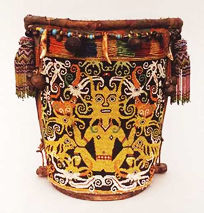 Dito |
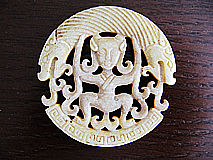 Lady and Her Beasts |
|
| This has to be celebrated. For me it has led to commit myself in contributing to Dayak culture. I will try to develop mutual relations, maybe an exchange program, offering my skills in traditional (German) medicine and other ways to help the Dayak preserve their heritage. Are you interested? Please, don't hesitate to contact us. | ||
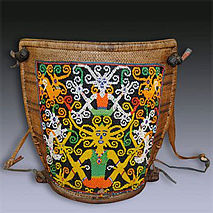 Dito |
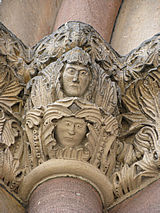 Worms/Germany |
|
| We do everything to respect copyrights. In this page we are not completely sure about which image was free and which not. In case we would violate your rights, please tell us and we will remove your picture from our website immediately. | ||
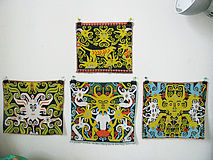 |
||
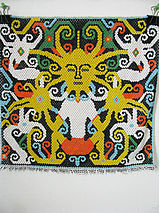 |
These three images symbolize the "Lady and Her Beasts" in a very convincing way. In the middle Mother's Face, while left and right from Her two Dragons as Her Beasts e.g. Son/Lovers. Compare them with the Lady from Canaan (upper right in the page) and you will agree, that these images are utterly equal. The road this symbolism travelled has gone through both India and China. These pictures, the alive Dayak tradition still (unconsciously) worshipping the Cosmic Mother, fulfill me with great awe. |
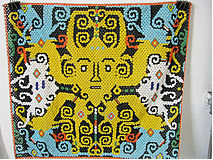 |
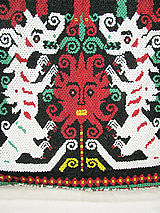 |
||
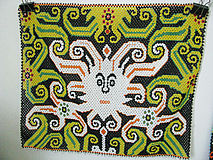 |
Their beauty is unique. Great joy and gratefulness! | 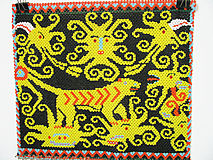 |
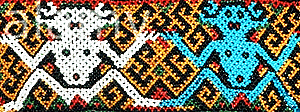
Unmistakably female (Goddess) idols
Reminds very much of the Australian aboriginal rock images
The similarity with the Western Sheelas is striking
BACK ZURÜCK

In order to have a full overview of the
work,
we recommend you to first going back to the beginning of
Han Marie Stiekema's website.
Please, click HOME and proceed from there.
COSMIC MOTHER
![]() East/West
East/West
Twelve Religions
Green Men & Wise Women
China
Java
1997-2012
© Copyright Han Marie Stiekema. All rights reserved.
Everyone may use this website as a source of inspiration. However, since it
is freely given, no-one can claim, copy or derive any text, rights,
position or status from this website.
Last revising: 02/14/15